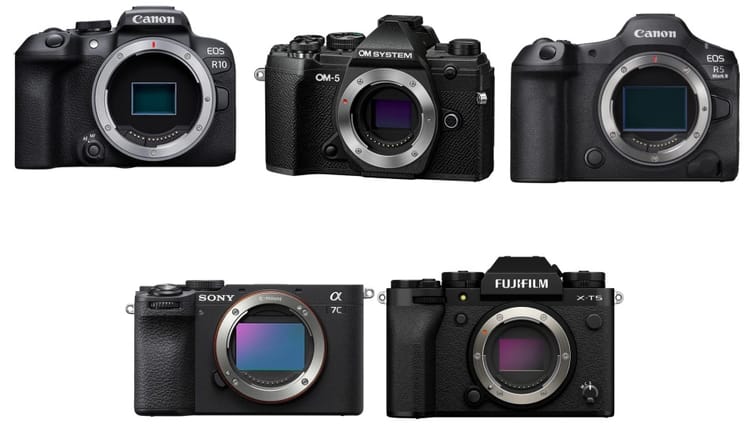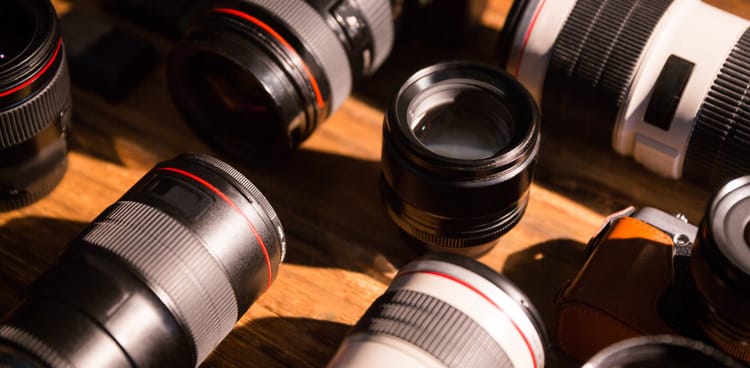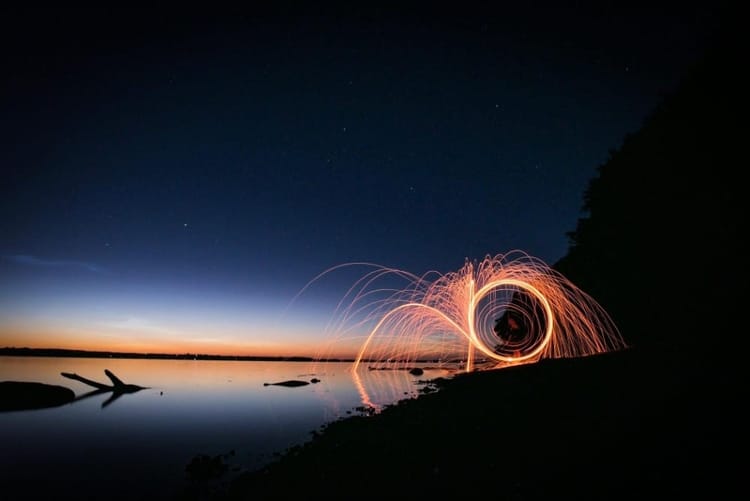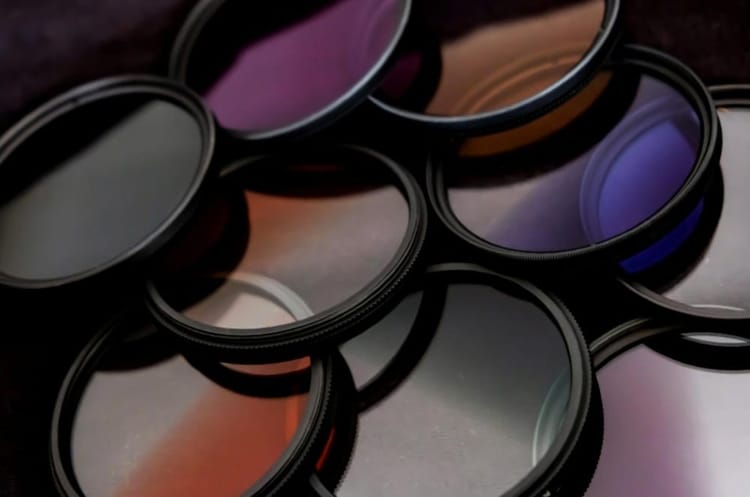The Rise of Drone Photography
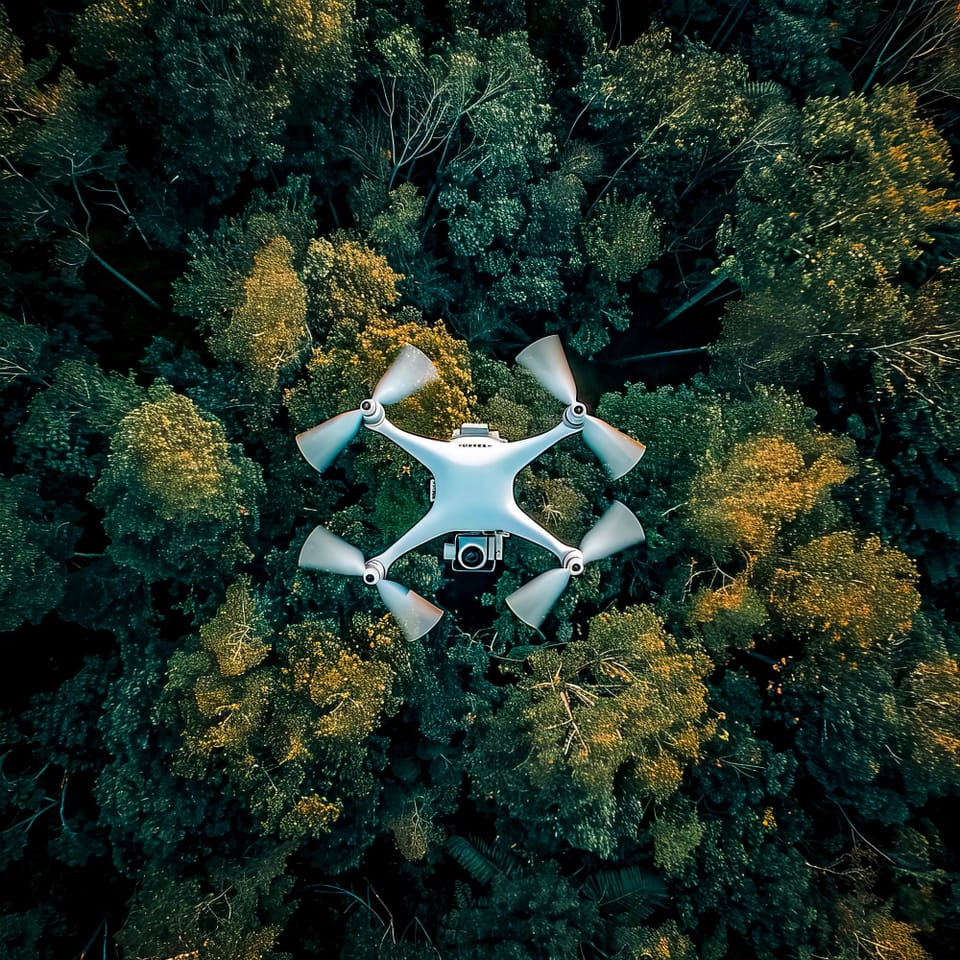
In recent years, drone photography has revolutionized the world of visual storytelling. From jaw-dropping landscape shots to real estate marketing, drones have opened up entirely new perspectives. Thanks to this game-changing technology, what was once only possible with helicopters or planes is now accessible to photographers at all levels.
Brief Overview:
Aerial photography isn’t a new concept; its roots trace back to the early 1900s when cameras were mounted on balloons and even pigeons! However, the cost and complexity of capturing aerial shots made it a luxury for professionals with access to specialized equipment. Fast forward to today, drone technology has democratized this art form, putting high-quality aerial photography into the hands of hobbyists, content creators, and even casual travelers. Lightweight, portable drones now allow you to capture stunning images from angles that would have been unthinkable just a decade ago.
Why it Matters:
Drone photography has far-reaching implications. In industries like real estate, aerial shots offer potential buyers sweeping views of properties and their surroundings. For travel enthusiasts, drones capture the accurate scale and beauty of destinations like cliffs, beaches, and mountain ranges. Filmmakers rely on drones to add cinematic depth to their storytelling, while environmentalists use drones for wildlife documentation and habitat preservation.
This blog post will explore the essentials of drone photography, from choosing the suitable drone to mastering techniques that produce stunning visuals. Whether you’re an aspiring photographer or a seasoned pro looking to enhance your toolkit, this guide will give you all the knowledge you need to start taking your photography to new heights.
1. What is Drone Photography?
Definition of Drone Photography:
Drone photography refers to the use of unmanned aerial vehicles (UAVs), commonly known as drones, to capture images or videos from the air. Unlike traditional ground-based photography, drones allow photographers to reach altitudes and angles that would otherwise be impossible or difficult to achieve. Aerial imagery taken by drones offers a bird’s-eye view of landscapes, structures, and events, presenting new visual opportunities that redefine composition, perspective, and scale.
How Drones Changed Photography:
Before drones became widely available, aerial photography was expensive and often required renting helicopters or airplanes or using complex rigging systems. Only large productions and industries with significant budgets had access to aerial shots. However, with the introduction of consumer-friendly drones, photographers of all levels can now capture high-quality aerial images at a fraction of the cost.
Drone technology has made it easier to experiment with unique vantage points, whether hovering above a wedding venue, documenting an urban cityscape, or showcasing a vast natural landscape. These small, agile devices can access tight spaces, such as flying through forests or over waterfalls, delivering dynamic compositions that were previously unattainable.
Drone Photography vs. Traditional Photography:
- Perspective: The most significant difference is the perspective. Traditional photography typically captures images at eye level or from a fixed, terrestrial position. Drone photography, on the other hand, opens up infinite possibilities in terms of height, angles, and positioning. The ability to shoot from directly above (a top-down view) offers a fresh perspective, especially for landscape and architectural photography.
- Mobility: Drones can move in three dimensions, offering unprecedented mobility to capture wide panoramas, vertical shots, and sweeping cinematic angles. This freedom allows for creative exploration of dynamic compositions—whether that’s shooting straight down on a symmetrical building or following a moving subject like a cyclist or car.
- Distance and Reach: Drones can access remote or dangerous locations without risking human safety. Photographers can use drones to explore areas like cliff edges, mountains, glaciers, and even over bodies of water—where traditional equipment would be impractical.
The Growing Popularity of Drone Photography:
The demand for drone photography has skyrocketed in the past few years, with uses ranging from casual hobbyists to professional applications. The accessibility and improved affordability of drones have helped this surge. According to a report from the Federal Aviation Administration (FAA), there were over 1.7 million registered drones in the U.S. as of 2023, with a large portion of them used for photography and videography.
Drone photography has made a notable impact in several fields:
- Real Estate: Real estate agents and developers use aerial imagery to showcase properties, offering potential buyers a better sense of the layout and surroundings.
- Travel and Adventure Photography: Travelers document stunning aerial views of destinations, capturing the essence of a location in ways ground photography cannot match.
- Sports and Events: From marathons to music festivals, drones provide dynamic aerial coverage of large-scale events.
- Environmental Monitoring: Conservationists and researchers employ drones to capture landscapes, study wildlife, and monitor deforestation or natural disasters.
Drone photography continues to expand as both a creative art form and a practical tool, giving photographers the power to capture the world from entirely new angles. This shift has not only made aerial photography more accessible but also inspired a new generation of photographers to experiment with how they see the world.
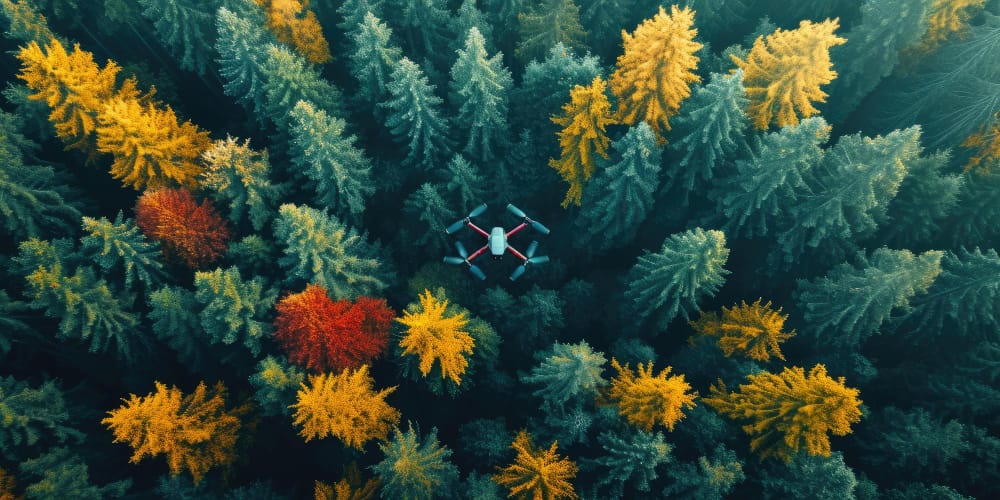
2. Types of Drones for Photography
When it comes to drone photography, choosing the right drone is crucial for achieving the desired results. Different drones offer various features, performance levels, and price points, making it essential to select a drone that aligns with your needs and skill level. Here, we'll break down the most common types of drones, key features to look for, and some popular models for both beginners and professionals.
Consumer vs. Professional Drones:
Consumer Drones:
- Designed For: Beginners and hobbyists.
- Price Range: $300 to $1,500.
- Overview: Consumer drones are typically lightweight, portable, and easy to use, making them ideal for recreational photography or someone just starting out. They come with decent cameras, automatic flight modes, and basic image stabilization, making it easy for newcomers to capture high-quality photos and videos without the steep learning curve.
- Examples:
- DJI Mini 3 Pro – Small, lightweight, and affordable, it offers excellent image quality and 4K video in a compact form.
- Ryze Tello – A budget-friendly drone perfect for beginners. It has decent camera quality but lacks advanced features like obstacle avoidance.
Professional Drones:
- Designed For: Professional photographers, filmmakers, and commercial use.
- Price Range: $1,500 to $10,000 and above.
- Overview: Professional drones offer advanced features such as superior image quality, higher resolution, longer flight times, and enhanced camera controls. These drones often come equipped with larger sensors, better lenses, and additional manual settings for fine-tuning your shots. They also include features like obstacle avoidance, 360-degree gimbals, and the ability to swap out lenses or cameras.
- Examples:
- DJI Mavic 3 Pro – Known for its advanced camera technology, the Mavic 3 Pro offers dual cameras, a larger sensor, and 5.1K video, ideal for professional-grade photography and videography.
- DJI Inspire 3 – A high-end drone with interchangeable lenses and a full-frame sensor, used primarily in professional filmmaking and industrial applications.
Top Drones on the Market:
DJI Mini 3 Pro:
- Camera: 48MP, 4K video recording at 60fps.
- Flight Time: 34 minutes.
- Key Features: Lightweight (under 250g), obstacle detection, intelligent flight modes (such as ActiveTrack and Point of Interest).
- Ideal For: Beginners and hobbyists looking for a portable, high-quality drone without the need for registration in many countries.
DJI Air 3:
- Camera: Dual camera system with a 1-inch CMOS sensor and 48MP for photos.
- Flight Time: 46 minutes.
- Key Features: Intelligent obstacle avoidance, advanced tracking capabilities, 5.1K video, and high dynamic range (HDR) imaging.
- Ideal For: Intermediate users looking for a versatile drone for both photography and videography.
Autel EVO Lite+:
- Camera: 50MP, 6K video.
- Flight Time: 40 minutes.
- Key Features: 1-inch sensor, HDR video, adjustable aperture, excellent in low-light conditions.
- Ideal For: Professionals who need a powerful camera and long flight times for demanding shoots.
DJI Inspire 3:
- Camera: Full-frame Zenmuse X9 with interchangeable lenses.
- Flight Time: 28 minutes.
- Key Features: CineCore image processing, dual-operator support, professional-grade video production (up to 8K RAW).
- Ideal For: Professional filmmakers, especially in industries like movies, TV, and commercial productions.
Key Features to Look for in a Photography Drone:
Camera Resolution and Sensor Size:
- Image Quality: A higher megapixel count (MP) translates to more detailed images, but the sensor size plays an even bigger role. Look for drones with at least a 12MP camera for photography, though 20MP+ is ideal for professional-quality shots. Larger sensors (e.g., 1-inch) can capture more light and detail, especially in low-light conditions.
- Video Quality: Most drones offer 4K video, but for cinematic footage or professional use, consider drones that support 5K or 6K video resolution.
Stabilization and Gimbals:
- A gimbal stabilizes the camera to prevent shaky footage and keep shots smooth during movement. Most photography drones come with 3-axis gimbals, which provide stability across tilt, roll, and pan, ensuring sharp and professional-looking images and videos.
Flight Time:
- Average Flight Time: Drones typically offer flight times between 20 and 45 minutes on a single charge. Longer flight times are better for uninterrupted shooting, especially when capturing large areas or multiple shots. Extra batteries are often necessary for extended sessions.
GPS and Flight Stability:
- GPS technology allows drones to hover in place with great precision, providing stability during windy conditions or complex shots. GPS-enabled drones also have features like automatic return-to-home, ensuring your drone can safely return if it loses signal or runs low on battery.
Obstacle Avoidance:
- Obstacle avoidance systems are essential for preventing crashes during complex maneuvers or when flying in dense environments (e.g., forests, urban areas). Drones like the DJI Air 3 and Mavic 3 Pro have multi-directional obstacle detection, which increases the safety and ease of capturing difficult shots.
Intelligent Flight Modes:
- Many drones come with pre-programmed flight modes that assist in capturing more creative shots. Common modes include:
- ActiveTrack: Automatically follows a moving subject.
- Point of Interest (POI): Circles a specific object or location.
- Cinematic Mode: Slows down drone movements for smoother shots.
- Waypoint Navigation: Set custom GPS waypoints for the drone to follow a path autonomously.
Additional Considerations:
- Portability: Compact drones like the DJI Mini series are excellent for travel photographers who need something lightweight and portable, without sacrificing image quality.
- Durability: For outdoor and adventure photographers, rugged drones with weather-resistant features, such as the Autel EVO Lite+, can withstand tougher conditions like wind, rain, or cold temperatures.
- Price vs. Features: When choosing a drone, balance your budget with the features you actually need. If you’re just starting out, opt for a less expensive, beginner-friendly model, and as your skills develop, you can invest in a more feature-rich professional drone.
By understanding the types of drones available and their unique features, you can better choose a drone that suits your specific needs and level of expertise. Whether you're an aspiring photographer looking to experiment or a professional seeking high-end equipment, there's a drone out there that can take your photography to new heights.
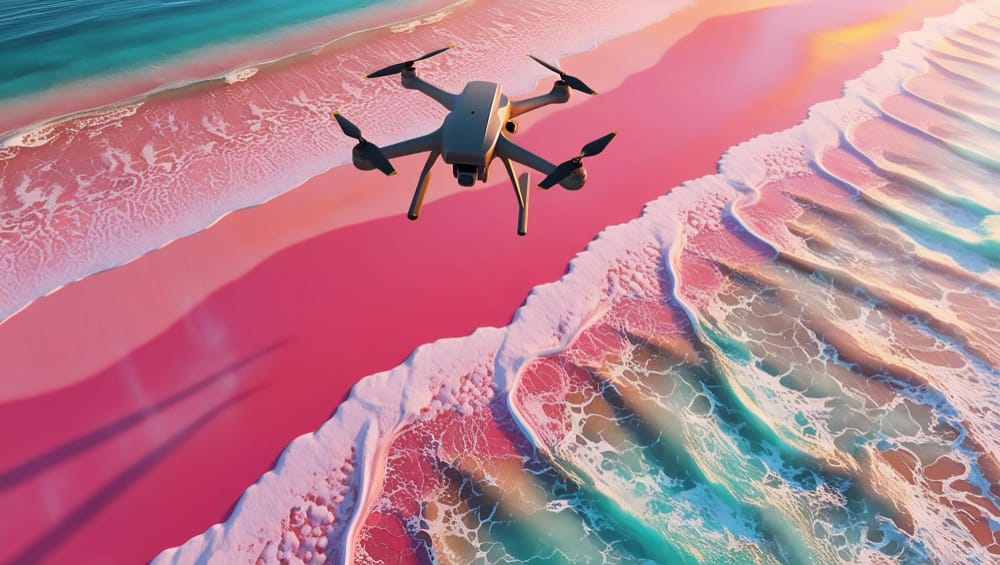
3. Benefits of Drone Photography
Drone photography has transformed the way we capture images, offering a wide array of advantages over traditional ground-based photography. Whether you’re a hobbyist looking for new creative outlets or a professional seeking fresh perspectives, drones open up a world of possibilities. Here’s a breakdown of the key benefits:
1. Unique Perspectives
One of the most significant advantages of drone photography is its ability to capture images from unique angles and viewpoints that are impossible or extremely difficult to achieve with traditional cameras. Drones give you access to bird’s-eye views, sweeping landscapes, and new perspectives on familiar subjects. This aerial vantage point allows for the following:
- Top-Down Shots: Drones enable top-down shots (also known as nadir shots), which capture subjects directly from above. This view is especially powerful for architectural photography, landscapes, and even documenting patterns in nature.
- Unseen Angles: Drone photography allows you to photograph subjects from unconventional angles, such as hovering above cliffs, water bodies, or over the roofs of buildings. You can fly over places that are otherwise inaccessible, like dense forests, remote mountains, or urban spaces with restricted ground access.
- Dynamic Movement: Drones can seamlessly move through the air, providing a sense of motion in photos and videos. Whether it’s tracking a moving object like a vehicle or an athlete, drones enable smooth transitions and impressive cinematic effects.
2. Cost-Effective
Prior to the advent of drones, capturing aerial images or videos required expensive resources like helicopters, planes, cranes, or even hot air balloons. Not only were these options costly, but they also required extensive planning, permits, and logistics. Drones, on the other hand, offer a much more cost-effective solution:
- Affordability: Drones can range from budget-friendly consumer models to high-end professional ones, but even the most expensive drones are a fraction of the cost of hiring a helicopter or airplane for an aerial shoot. This affordability allows smaller businesses, freelance photographers, and hobbyists to incorporate aerial photography into their projects.
- Reduced Crew & Equipment: When using traditional methods like helicopters, you often need a dedicated crew to operate the equipment. Drones, however, can be operated by a single person with minimal setup, eliminating the need for large teams and additional resources.
- Flexible and Fast Deployment: Unlike booking helicopters or obtaining permits for large rigs, drones can be deployed within minutes. They offer on-the-spot aerial shots without requiring extensive planning, making them perfect for spontaneous or time-sensitive shoots, such as capturing a sunrise over a mountain or shooting real-time footage at an event.
3. Diverse Applications
Drone photography is incredibly versatile and has revolutionized several industries, providing value in ways that extend beyond just capturing beautiful images. Here are some of the most popular applications:
- Real Estate: In real estate, aerial photography allows agents to provide potential buyers with a comprehensive view of properties, including the surrounding areas, landscape, and amenities like pools, gardens, and nearby landmarks. Virtual property tours that include drone footage help properties stand out and provide a more immersive experience.
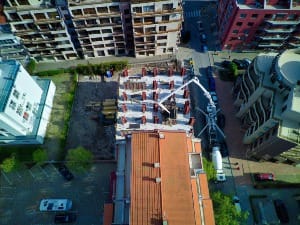
- Travel and Adventure Photography: Travel photographers use drones to capture stunning, large-scale landscapes like mountains, beaches, deserts, and forests. Drones add a sense of scale and majesty to natural wonders, creating dramatic images that showcase the true beauty of the environment.
- Events and Weddings: Drone photography adds a cinematic element to large gatherings, such as weddings, festivals, and corporate events. Drones can capture expansive crowd shots, provide sweeping aerial views of venues, and follow the action from above, giving event photography a new dimension.
- Environmental Conservation: Conservationists and researchers use drones to monitor wildlife populations, track changes in ecosystems, and survey hard-to-reach areas like rainforests, glaciers, and oceans. Drones help minimize human impact on fragile ecosystems while gathering crucial data for scientific research.
- Construction and Industrial Inspections: Drones are widely used for monitoring construction sites and infrastructure projects. They allow companies to survey and inspect large areas quickly, capturing high-quality images for mapping, 3D modeling, and progress documentation. Additionally, drones can safely inspect dangerous areas, such as rooftops, bridges, and wind turbines, without putting workers at risk.
4. Enhanced Creativity
Drone photography allows photographers to push the boundaries of creativity by introducing new ways to frame and compose shots. Here are some creative advantages of using drones:
- Sweeping Landscapes: Drones excel at capturing wide, expansive landscapes in a single shot. This capability is perfect for showcasing the natural beauty of places like coastlines, mountains, and forests. The aerial perspective emphasizes the vastness of these environments in a way that ground-based photography often cannot achieve.
- Dramatic Shadows and Light: Shooting from above during sunrise or sunset allows drones to capture long, dramatic shadows cast by mountains, trees, and buildings. The changing light conditions create artistic effects, adding depth and texture to your images.
- Geometric Patterns and Symmetry: Many subjects, such as roads, farms, and cityscapes, reveal geometric patterns when viewed from above. Drones are perfect for capturing these symmetrical and visually pleasing designs, offering a unique perspective that highlights shapes and forms.
- Timelapse and Hyperlapse Videos: Drones equipped with high-quality video cameras can capture stunning timelapse or hyperlapse videos from the air. These techniques are ideal for showcasing the passage of time in an environment, such as a sunset over the horizon or bustling city traffic.
5. Access to Remote or Difficult Locations
Drones excel at capturing images in locations that would be hard to reach or hazardous for humans. Their mobility and ability to fly over challenging terrain give photographers the power to explore areas they might not otherwise be able to access:
- Difficult Terrain: Whether you want to capture the rugged cliffs of a mountain or the dense canopy of a rainforest, drones can easily fly over these areas without any physical limitations.
- Water Bodies: Drones can capture stunning aerial shots over oceans, lakes, and rivers, areas that would otherwise require a boat or other equipment to photograph effectively.
- Dangerous Locations: Drones can photograph dangerous environments like active volcanoes, disaster zones, or extreme weather conditions while keeping the photographer at a safe distance. They are invaluable tools for capturing images in high-risk areas without putting anyone in harm’s way.
6. Real-Time Monitoring and Immediate Feedback
Another key benefit of drone photography is the ability to view images and videos in real-time. As the drone flies, the camera feed is transmitted back to the operator, allowing for immediate adjustments to framing, exposure, and composition. This capability is especially useful in fast-moving situations where conditions can change rapidly, such as outdoor events or wildlife photography.
- Live Previews: Operators can see exactly what the drone’s camera sees on their control screen or mobile device, giving them the ability to tweak settings or adjust the position to capture the perfect shot.
- Instant Feedback: Real-time feedback allows photographers to experiment with different angles and compositions on the fly, without having to wait until after the shoot to review footage.
In summary, drone photography offers unparalleled advantages by providing new perspectives, enhancing creativity, and making aerial imagery more accessible and affordable. Whether you're using drones for personal projects, professional work, or industry applications, the potential for capturing visually stunning, dynamic images is nearly limitless. The ease of use, versatility, and growing array of features make drones an indispensable tool in modern photography.
Drone photography has undeniably transformed the landscape of visual storytelling. What started as a niche for high-budget productions is now accessible to enthusiasts, hobbyists, and professionals alike. Through aerial imagery, photographers can tap into new creative realms, capturing breathtaking perspectives, complex patterns, and dynamic movements that traditional photography often cannot achieve.
Summarizing Key Points:
- Revolutionizing Perspectives: Drones provide access to viewpoints that were once inaccessible, offering the ability to capture vast landscapes, intricate architectural details, and dynamic subjects from fresh, awe-inspiring angles. The bird’s-eye view adds depth, scale, and dramatic elements to both stills and videos.
- Affordable and Versatile Tool: Once considered a luxury, drones have become a cost-effective tool for photographers across industries. From real estate marketing to environmental monitoring, drones are versatile and adaptable to a wide range of applications, enabling businesses and individuals to enhance their projects without breaking the bank.
- Creative Freedom and Innovation: Drones give photographers more creative control, allowing them to push the boundaries of composition, light, and framing. With intelligent flight modes, real-time feedback, and long flight times, photographers have more opportunities to experiment and perfect their craft.
- Industry-Wide Applications: Drone photography's impact reaches far beyond just capturing beautiful images. It has reshaped industries such as real estate, construction, travel, and filmmaking, offering businesses a powerful tool to showcase products, monitor progress, and even contribute to scientific research and environmental conservation.
Looking Ahead: The Future of Drone Photography
As drone technology continues to evolve, the future holds even more exciting possibilities. With advancements in AI-powered flight modes, improved obstacle avoidance systems, and higher-quality cameras, drones are becoming more intuitive, reliable, and capable of producing professional-grade imagery. Furthermore, innovations in drone software will likely allow for more automation, precision, and creative control, enhancing the user experience and pushing the boundaries of what's possible in aerial photography.
Final Thoughts: Taking Your Photography to New Heights
Whether you’re an aspiring photographer seeking to experiment with new creative techniques or a seasoned professional looking to diversify your portfolio, drone photography offers endless possibilities. By incorporating drones into your work, you can capture the world from entirely new perspectives, setting your images apart and giving your audience a fresh and captivating visual experience.
As drone photography becomes more popular and advanced, now is the perfect time to explore this exciting and ever-evolving medium. The sky is literally the limit!

